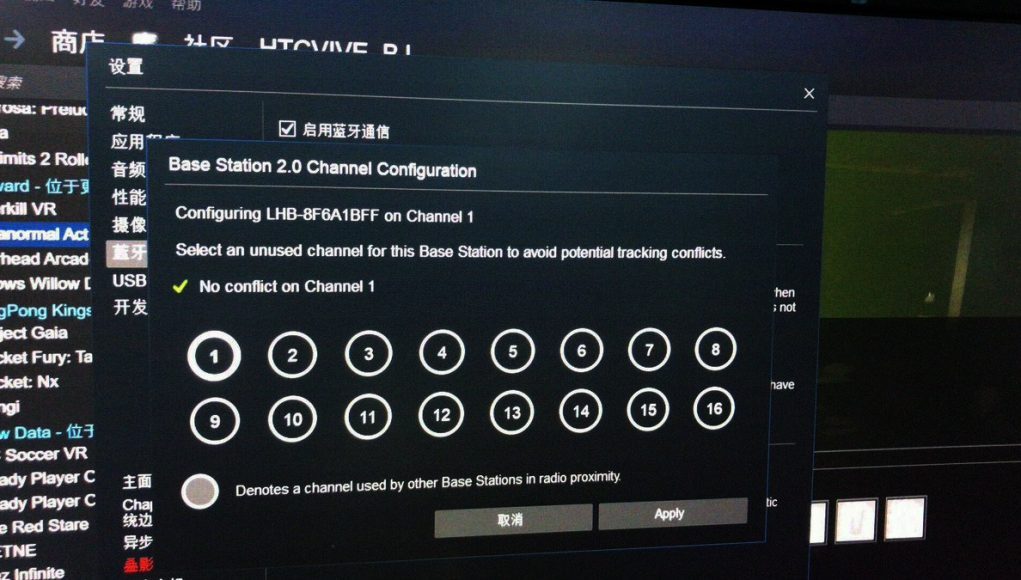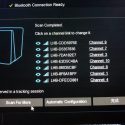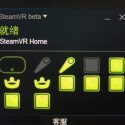HTC has been experimenting with some new features in a recent SteamVR beta update which allows up to 16 SteamVR Tracking 2.0 base stations to be linked together to form a continuous tracking volume.
When the original Vive first in 2016, it supported up to two base stations and a tracking volume of roughly 11.5 × 11.5 ft (3.5 × 3.5 m). A newer version of SteamVR Tracking tech (2.0) that debuted alongside the Vive Pro brought new sensors and base stations, enabling support for up to four base stations and a tracking volume up to 33 × 33 ft (10 × 10 m).
Now Valve is pushing things further; a recent beta update to SteamVR introduced new tools and capabilities, allowing up to 16 SteamVR Tracking 2.0 base stations to be linked together to form a single tracked volume. Following the update, HTC did some experimentation with the new capability, linking a series of base stations together to create a tracked area across several rooms creating an arbitrarily shaped tracking volume with a total area of 67.5 m².
Here’s a video of the test environment that people asked for. Three separate tracked spaces, with two 2.0 BS each, all in a shared virtual space. (Seems to work even behind closed door) Trackers placed within the shared space to show common coordinate system between spaces. pic.twitter.com/efqJKajky6
— Alvin Wang Graylin (@AGraylin) July 11, 2018
In the video the company posted above, you can see how the user steps from one room to another, leaving line of sight of some base stations while moving into line of sight of others, while the system appears to seamlessly manage the tracking transition among base stations. In this case the setup was using six base stations across three tracked areas, though HTC’s Vive China president, Alvin Wang Graylin, said the group had hooked up 16 base stations at one point.
Graylin suggested that the new capability could make SteamVR Tracking 2.0 a strong candidate for VR attractions (like The Void), which often use expensive professional motion capture systems for tracking players across large spaces.
A Valve engineer who works closely on SteamVR Tracking, Alan Yates, chimed in on Twitter to put the brakes on a bit saying, “This release [of SteamVR beta] is mainly about beta support for the radio-based channel configuration tools,” calling HTC’s demonstration of the feature “a bit premature.” So it may be some time yet before the system would be ready for VR attractions.









